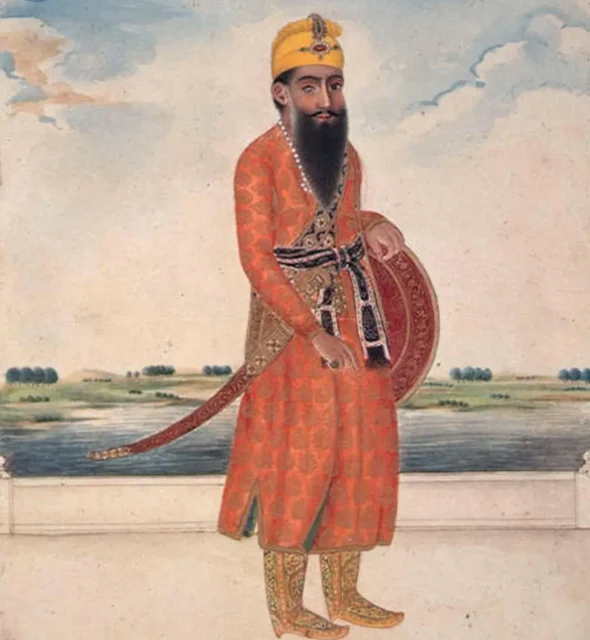ANGLOSIKH TREATY (BHYROWAL/ BHAROVAL, December 1846), signed on 16 December 1846 between the East India Company and the minor Maharaja Duleep Singh, provided for a Britishcontrolled regency till the Maharaja came of age. Maharani Jind Kaur, who was acting as regent other son, Duleep Singh, had believed that, as stipulated in the treaty of Lahore (11 March 1846), the British force would leave Lahore. But she was soon disillusioned as the British, instead of quitting, started strengthening their authority over Lahore administration. GovernorGeneral Henry Hardinge sent to Lahore his secretary, Frederick Currie, who isolating Maharani Jind Kaur, manipulated the leading sardars and chiefs into requesting the British for a fresh treaty.

GOBINDJAS, RAI (d. 1846) served, like his father Rai Anand Singh, as a vakilor agent of the Sikh kingdom, first at Ludhiana and then at Delhi. His despatches from Ludhiana contain reports concerning various political matters such as the Indus navigation scheme, the Ropar meeting, Alexander Burncs` mission to Kabul, the Tripartite treaty, Lord Auckland`s visit to Firozpur, and the passage of British troops across the Punjab to Kabul. He was one of Maharaja Ranjit Singh`s most wellinformed counsellors on Anglo Sikh affairs. Gobind Jas died in 1846.
NUR UDDIN, FAQIR (d. 1852), third son of Ghulam Mohy udDin and the youngest brother of Faqir `Aziz udDin, was one of the prominent Muslim courtiers serving the Sikh sovereign Maharaja Ranjit Singh and his successors. In 1801, when Ranjit Singh assumed the title of Maharaja, Nur udDin was appointed hakim or physician to the court and put in charge of dispensaries in the city of Lahore. He also performed protocol duties on behalf of the State. Foreign travellers such as Moor craft, Jacquemont, Burnes, Wolff, Hugel and Fane, whom he received on behalf of the Maharaja or whom he otherwise met on State occasions, have paid tributes to his outstanding abilities.



